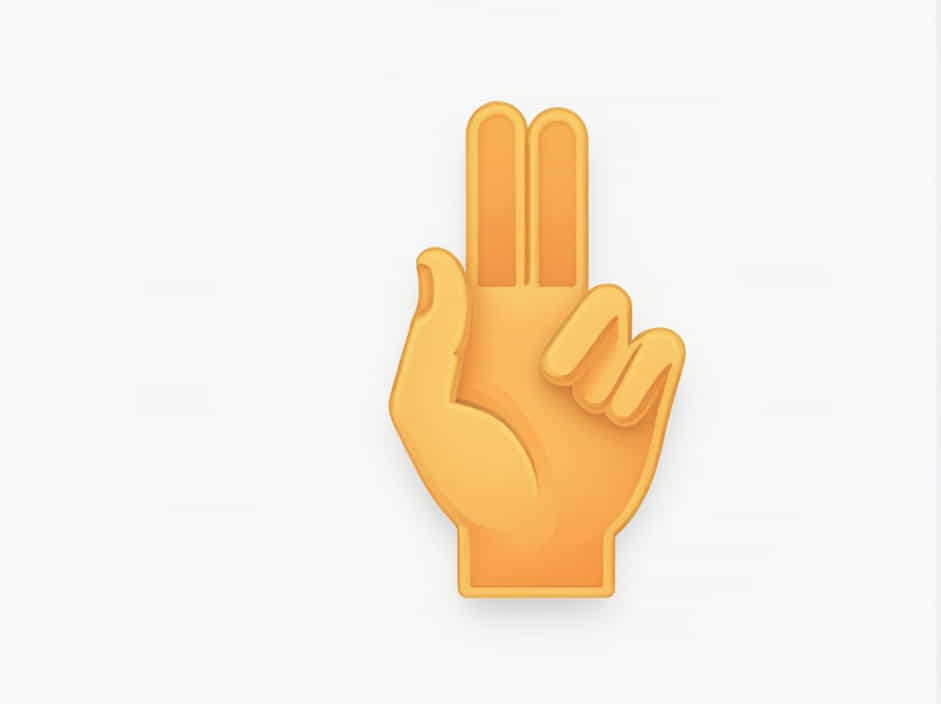Gestures are an essential part of human communication, allowing people to express emotions, intentions, and messages without using words. However, not all gestures are universally understood. Some can carry different meanings across cultures, leading to confusion or even offense.
But are there gestures that are almost never misunderstood? In this topic, we will explore the most universally recognized gestures, why they are easily understood, and how body language plays a crucial role in communication.
The Importance of Gestures in Communication
Gestures enhance verbal communication by adding clarity and emotion. They help convey:
- Emotions (happiness, sadness, excitement)
- Intentions (agreement, disagreement, support)
- Commands and requests (waving someone over, pointing)
However, some gestures are misinterpreted due to cultural differences. For example, a thumbs-up may mean approval in some countries but be offensive in others.
To avoid misunderstandings, let’s explore the gestures that are least likely to cause confusion.
1. Smiling: A Universal Gesture of Positivity
A genuine smile is one of the most universally recognized gestures. It signals:
- Happiness
- Friendliness
- Approachability
Studies show that smiling is a natural human reaction, even among newborns. While some cultures may interpret excessive smiling differently, the basic meaning of a smile remains positive across the world.
Why a Smile Is Hard to Misunderstand
- It conveys warmth and positivity.
- It is often instinctive and automatic.
- It is a non-verbal invitation to connect with others.
2. Nodding: A Common Gesture for Agreement
Nodding the head up and down is another gesture that is widely understood as a sign of:
- Agreement
- Acknowledgment
- Understanding
While there are some cultural exceptions (such as in Bulgaria and Albania, where nodding can mean “no”), in most parts of the world, nodding is a clear indication of approval or comprehension.
Why Nodding Is Universally Recognized
- It is commonly used in conversations to show active listening.
- It reinforces verbal agreement when saying “yes.”
- Even in cultures where nodding means something else, context often clarifies the intended meaning.
3. Waving: A Universal Greeting and Goodbye
A simple wave of the hand is a well-known gesture for:
- Saying hello
- Bidding farewell
- Getting someone’s attention
Although different cultures may have unique variations, the general meaning of waving remains the same. The only exception is in some Asian cultures, where a full-handed wave can sometimes be seen as a dismissive gesture.
Why Waving Is Easy to Understand
- It is used in almost every culture as a greeting.
- It requires no words to communicate friendliness.
- It is an instinctive way to acknowledge someone from a distance.
4. Open Palms: A Gesture of Honesty and Peace
Showing open hands, with palms facing outward, is a universal symbol of:
- Trustworthiness
- Honesty
- Peaceful intentions
Historically, this gesture has been used to show that a person is unarmed and means no harm. It is commonly seen in speeches, religious ceremonies, and negotiations.
Why Open Palms Are Universally Recognized
- They indicate openness and sincerity.
- They help build trust in personal and professional interactions.
- They are commonly used in non-threatening situations.
5. Thumbs-Up: A Sign of Approval (With Exceptions)
In most Western cultures, a thumbs-up is a gesture of:
- Approval
- Success
- Encouragement
However, in some Middle Eastern and South Asian countries, a thumbs-up can be seen as an offensive gesture. Despite these exceptions, it remains a widely used positive symbol in many parts of the world.
Why Thumbs-Up Is Recognizable
- It is commonly used in digital communication (emoji 👍).
- It reinforces positive messages in face-to-face interactions.
- Many cultures associate it with success and encouragement.
6. Shrugging: A Gesture for Uncertainty
A shrug, which typically involves raising both shoulders and turning palms upward, is widely recognized as a sign of:
- Not knowing the answer
- Uncertainty or confusion
- Lack of responsibility
While a shrug may have subtle variations, its meaning remains fairly consistent across different cultures.
Why Shrugging Is Easy to Understand
- It is often accompanied by a facial expression that clarifies meaning.
- It is a natural response to uncertainty.
- It is used in both casual and professional conversations.
The Role of Facial Expressions in Avoiding Misunderstanding
Gestures are often accompanied by facial expressions, which help clarify their meaning. A smile, raised eyebrows, or frown can make gestures more understandable.
For example:
- A smile + thumbs-up = Strong approval
- A shrug + raised eyebrows = “I don’t know”
- A nod + eye contact = Agreement and attentiveness
Facial expressions help reinforce the intended meaning of gestures, making them easier to interpret correctly.
How to Use Gestures Effectively in Communication
To ensure that your gestures are understood:
-
Be Aware of Cultural Differences
- Some gestures carry different meanings in different regions.
- When in doubt, use universal gestures like smiling or nodding.
-
Use Gestures Alongside Speech
- Gestures work best when combined with verbal communication.
- They should complement your words, not replace them.
-
Observe Others’ Reactions
- If someone looks confused, clarify your message.
- Adjust your gestures based on the audience and setting.
-
Keep It Natural
- Avoid exaggerated or forced gestures that may seem unnatural.
- Use gestures that feel comfortable and match your personality.
While some gestures can be misinterpreted, others remain almost universally understood. Smiling, nodding, waving, open palms, and shrugging are among the gestures least likely to cause confusion. They convey positive, clear, and relatable messages across different cultures.
By understanding how gestures work and being mindful of cultural differences, you can communicate more effectively and avoid misunderstandings in everyday interactions.
